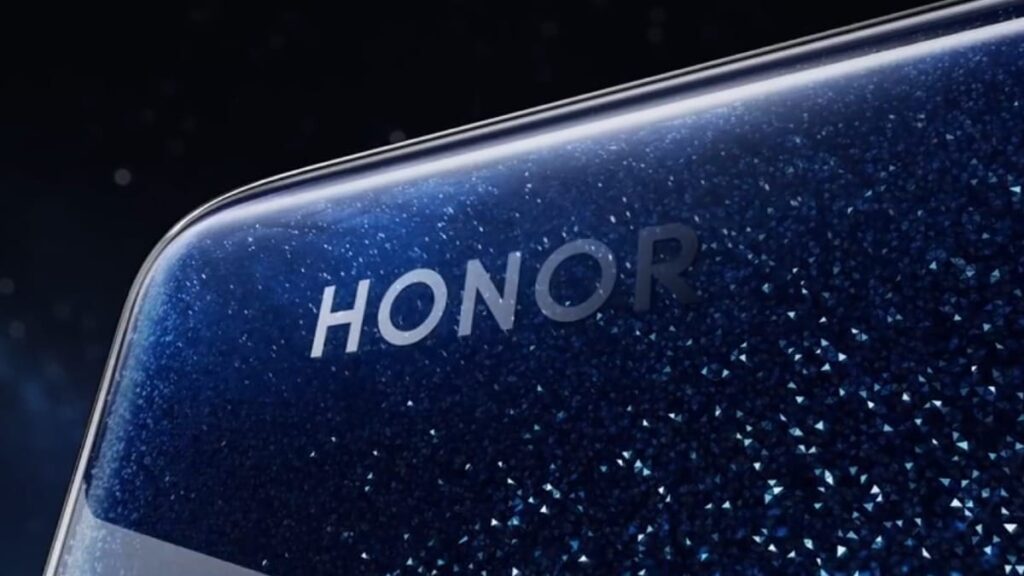Honor is developing a new folding technology that would allow the creation of a device that has a multi-directional folding screen. Details of this technology have emerged in a patent document that shows how such a device would work. It is currently unclear whether Honor plans to launch a device with this technology in the future. While smartphones with clamshell and book-style folding screens have become popular, Huawei launched the first tri-folding smartphone last month, and other companies, including Honor, are expected to follow suit.
A recently published patent document spotted by 91Mobiles shows how Honor’s multi-directional foldable phone would work. It relies on several components that work together, including multiple hinge mechanisms, several housings for smaller parts, and a part that connects the components in the middle.
![]()
The patent includes drawings showing the use of various display components
Photo credit: Screenshot/CNIPA
The hinge mechanisms mentioned above are located on the back of the foldable screen, according to details in the patent document. Since they are located in the middle, the attached screens can be folded along different axes, depending on the number of hinges.
Honor has also envisioned the use of a single connector that sits in the middle of the device and connects all the hinge mechanisms together. Primarily it can be folded along two axes (width and length), providing the benefits of a compact clamshell foldable, while also delivering a larger screen when needed, just like a book-style foldable phone.
To ensure the device is flexible yet durable, Honor’s patent document describes the use of materials such as rubber, fiber or metal. It also suggests special designs for the mid-connector and component housings to ensure that the structural integrity of the device is protected.
It’s worth noting that manufacturers are finally confirming the arrival of triple-hinged smartphones, after years of single-hinged foldable phones. Such an advanced folding system could improve not only foldable phones, but also tablets, laptops or even wearables. However, it’s worth noting that a device like the one mentioned in the patent could potentially take years to become a consumer product.


